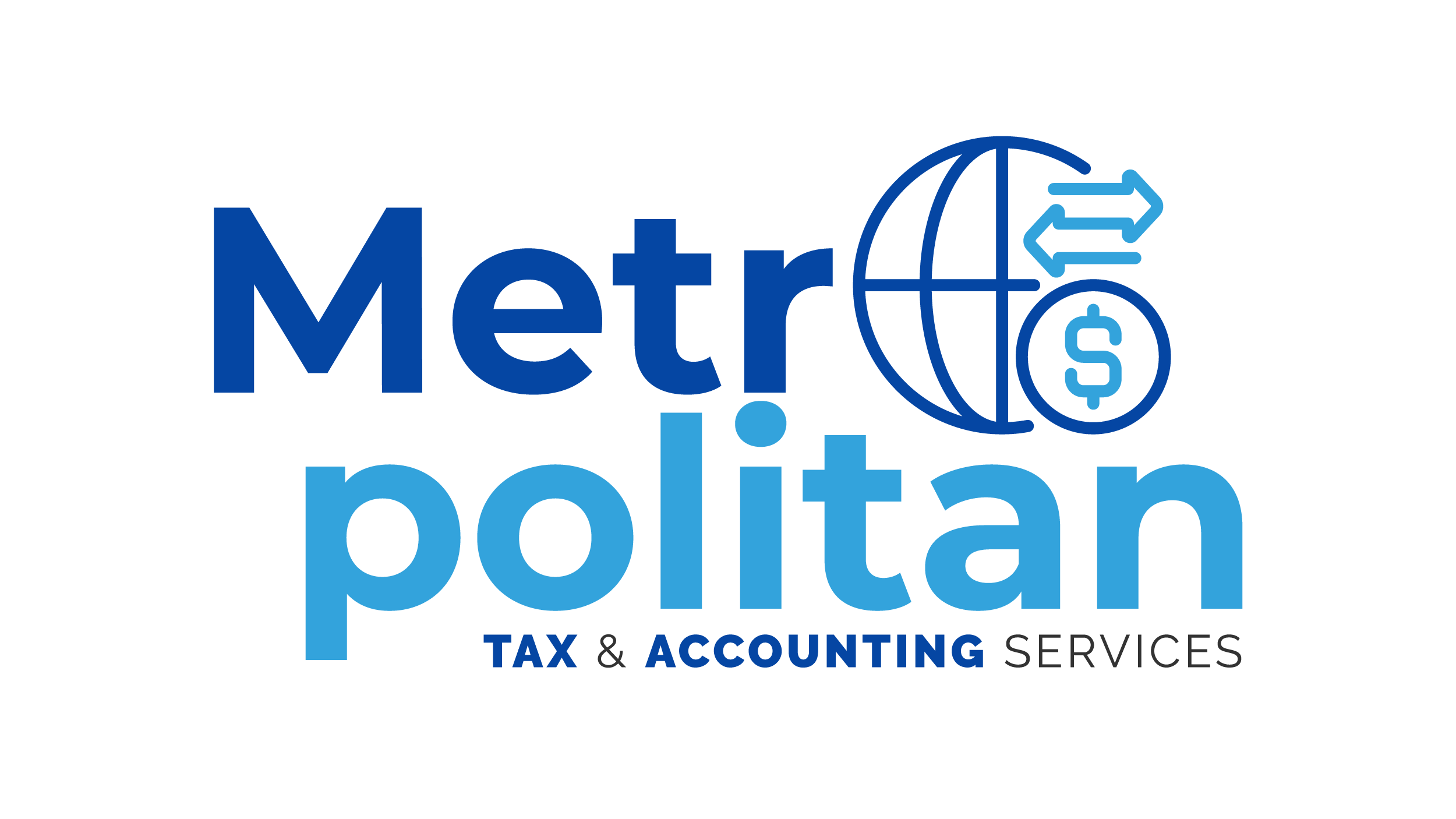With the rise of the gig economy, the IRS has increased scrutiny on independent contractors, freelancers, and side hustlers. Here’s what you need to know to stay compliant and avoid penalties.
1. 1099-K Reporting Changes
In 2025, the IRS will enforce the lower $600 threshold for 1099-K reporting, meaning platforms like Venmo, PayPal, and Uber will report your earnings. Even if you didn’t receive a 1099-K, you’re still required to report all income.
2. Estimated Tax Payments Are Crucial
Gig workers don’t have taxes withheld from their income. If you expect to owe more than $1,000 in taxes, you must make quarterly estimated payments to avoid penalties.
3. Self-Employment Tax and Deductions
Gig workers must pay self-employment tax (15.3%). However, deductions like home office, mileage, equipment, and internet expenses can help offset taxable income.
4. Watch Out for Worker Classification
Some companies misclassify employees as independent contractors to avoid payroll taxes. If you believe you were misclassified, you may be eligible for employee benefits and tax adjustments.
5. IRS Audits and Compliance Efforts
The IRS is using AI and advanced analytics to track gig economy earnings more effectively. Keeping detailed records and filing accurate returns will help you avoid audits.
Final Thoughts
If you’re earning income through gig work, now is the time to get organized. Work with a tax professional to ensure compliance and maximize deductions while avoiding costly mistakes.




Leave a Reply